Icelanders still use a few month names from the Old Icelandic Calendar, especially þorri, góa, and harpa. The first days of those months are the husband’s day, the woman’s day, and the first day of summer, respectively. Nordic and Northern European people used the Norse calendar until Christianity took over. However, Icelanders kept using their calendar version, especially the names of the months, until the 18th century.
Tacitus gives some indications as to how Germanic people calculated the days. Unlike the Romans, Germanic people considered the day to begin at sunset. The Romans, however, used the 12-hour system, which is in use today.
The concept of the week system comes from the Romans. Germanic people adopted the Roman week system but used Germanic gods instead of classical ones for the name of the days. When Icelanders became Christian, the church tried to change the names of the week, which succeeded for the most part, except Sunday and Monday kept their names. Apart from Iceland, the pagan day names have kept their place in Germanic languages for the most part.
| Pre-Christianity | Translation | Icelandic | Translation | Danish | English |
| mánudagur | Moonday | mánudagur | Moonday | Mandag | Monday |
| týrsdagur | Týr’s-day | þriðjudagur | Third-day | Tirsdag | Tuesday |
| óðinsdagur | Odin’s-day | miðvikudagur | Middleweekday | Onsdag | Wednesday |
| þórsdagur | Thor’s-day | fimmtudagur | Fifth day | Torsdag | Thursday |
| frjádagur | Freyja’s day | föstudagur | Lent day | Fredag | Friday |
| þvottadagur | Laundry day | laugardagur | Pool/laundry day | lørdag | Saturday |
| sunnudagur | Sunday | sunnudagur | Sunday | Sondag | Sunday |
Two Seasons and 52 Weeks
Like other Scandinavians and Germanic people, Icelanders used a lunisolar calendar, where the lunar months were tied to the solar year. The year was then divided into two seasons: summer and winter. The year had 52 weeks (364 days) which necessitated leap weeks every few years to keep the calendar following the tides.
Summer was 26 weeks and two days (or 27 weeks and two days when there was a leap year), and winter was 25 weeks and five days. Chieftains in the 10th century legalised the system of leap weeks.
In the 12th century, the seasons were divided into months. Each month had 30 days, so the summer season had four days extra (sumarauki or summer extension week plus the leap week when it was a leap year). This made done so that the months and weeks corresponded. Sources indicate that most Icelanders did not count the year in months but rather in seasons and weeks until the late 18th century when the current calendar was adopted (with January, February and so on).
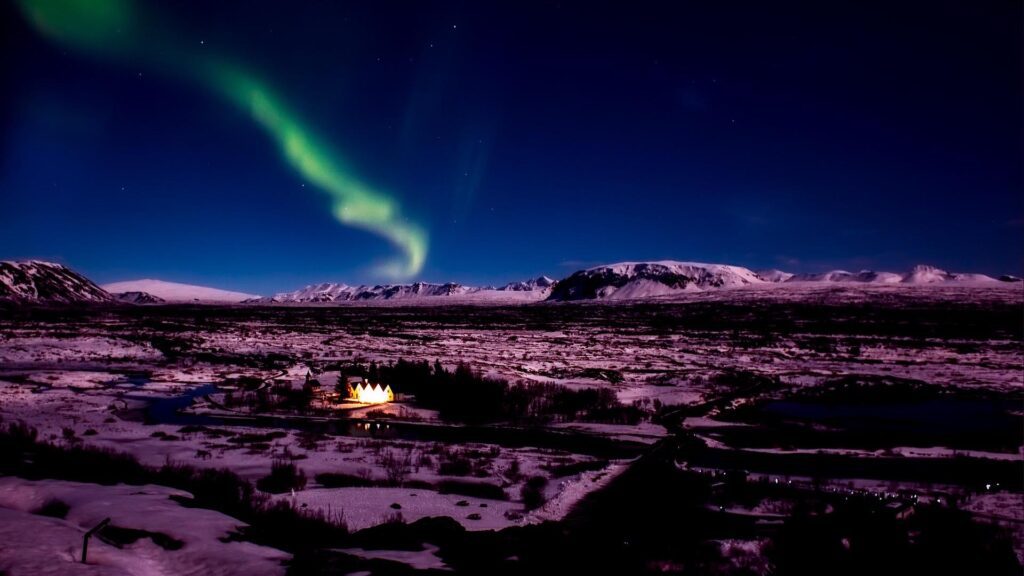
The Old Months
Gormánuður
The first winter month of the Old Icelandic Calendar. It starts on a Saturday between 21 and 28 October. It begins on the First Day of Winter.
The First Day of Winter was a special church day until 1744, and people read religious thought pieces at home on this day many years afterwards.
Etymology: This is the month when lambs and other animals were slaughtered for winter, but gor means half-digested food in animals’ innards, especially herbivores.
Ýlir
Ýlir, the second month of winter starts Monday between 20 and 27 November.
Etymology: The only known source of this name is from the 12th century; however, in Prose Edda, it is named frermánuður. The word ýlir may be connected to the word jól (yule), but this is disputed.
Mörsugur
Mörsugur, the third winter month, starts Wednesday between 20 and 27 December.
Etymology: This is the month that sucks lamb suet, which is literally the name of the month (mör=suet, sugur=sucker). It is one of the darkest and coldest months of the year, but the name might also refer to the food eaten over Yuletide. A saying connected to this is “að mergsjúga eitthvað” – to suck the marrow out of something, which means suck the lifeblood out of somebody. The month has also been called jólamánuður (Yule month) and hrútmánuður (ram month, since sheep are in heat).
Þorri
The fourth winter month of the Old Icelandic Calendar starts on a Friday between 19 and 26 January. In the olden days, þorri began on the first new moon after the winter equinox. Þorri is one of a few month names mentioned in more than one manuscript. It is also the month when people hold a feast called þorrablót. The banquet was revived in the 19th century during Romanticism. People meet and eat traditional Icelandic food and drink Brennivín.
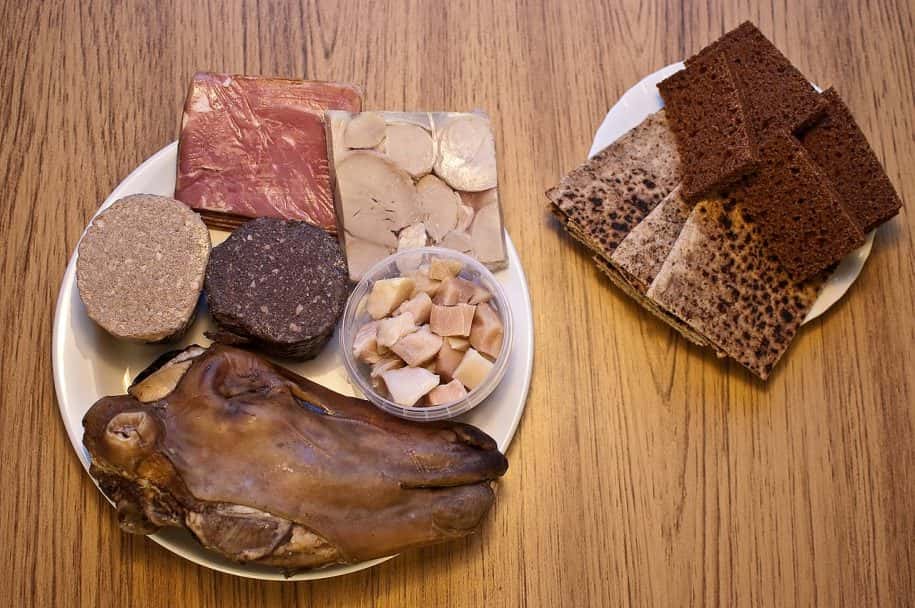
Etymology: The meaning of the word is unknown, but it has been suggested that it is related to the word “þurr” (dry), the verb “þverra” (dwindle), the noun “þorri” (majority) but it could also be related to Thor, the god of thunder.
Þorri is mentioned in the Orkneyingar saga (History of the Earls of Orkney) as a legendary Nordic king and was the father of two sons, Nór and Gór and a daughter named Gói. In “How Norway was Settled” in Flateyjarbók, it is stated that Þorri was an ancient king of Finland, Kænland and Gotland.
If þorri is derived from Thor, then þorrablót could have been a sacrificial feast for the god.
The first day of þorri is Bóndadagur or Husband’s day. Read more about þorrablót here!
Góa
The fifth winter month begins on a Sunday, between 18 and 25 February.
Etymology: The word’s origin is unknown, but some suggest it might mean thin snow, like the Nynorsk word gjø. The “góa” word form doesn’t seem to have been used until the 17th century. Before that, it was gói.
According to folktales, the summer would be good if góa started on a storm and lousy weather.
The first day of góa is woman’s day/housewife’s day, and despite written sources to the contrary, no góublót is held during that month. It has, however, become a custom to give women flowers on the day.
Einmánuður
The sixth and last winter month begins on a Tuesday between 20 and 26 March.
Etymology: The name means “lone” or “single” month, and it is believed the month got its name because it was the last winter month.
The oldest sources about the month are from the late 12th century and Prose Edda from the 13th. Einmánuður, gormánuður, þorri and góa are the only month names that are found in more than one source.
Like its neighbouring months þorri and góa, the first day of einmánuður is dedicated to young boys. On that day, the girls of the household were supposed to wake up first, welcome the new month and give the boys gifts.
People believed spring would be good if it rained on the first day of einmánuður.
Harpa
The first summer month begins on a Thursday between 19 and 25 April.
Etymology: The month has also been called hörpumánuður (harp month) and hörputungl (harp moon). In Snorra’s Edda it is called gaukmánuður and sáðtíð. Gaukur is a cuckoo bird, but it is possible the word meant something else. Sáðtíð (sow tide) says it is time for sowing.
It is possible the harpa, which means harp, refers to the poetic harp of spring. However, the name is probably not older than the 17th century.
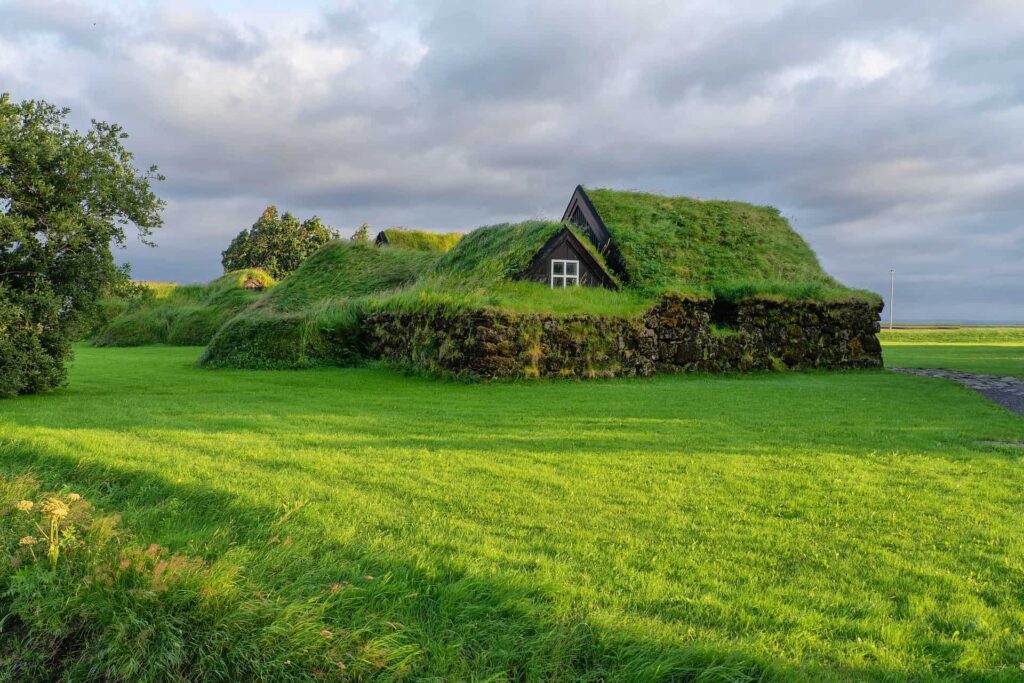
The weather in that century was quite horrible, and harpa may refer to herpingur, which means extreme hardships.
The first day of harpa is the First Day of Summer. A day which is a legal holiday and the only such holiday known in the world. Like the three previous months, the first day of harpa is also the maiden’s day.
Despite not having many sources on the matter, people likely celebrated the coming summer. In Ynglinga Saga, there are stories about sumarblót (summer sacrifices or worship). The oldest known credible source on summer celebrations is from the 18th century. It is said that people celebrate the first day of summer with food and drink.
In the middle of the 19th century, people started systematically collecting tales from the general public. From those documents, it is clear that the first day of summer was the second biggest celebration after Christmas.
Skerpla
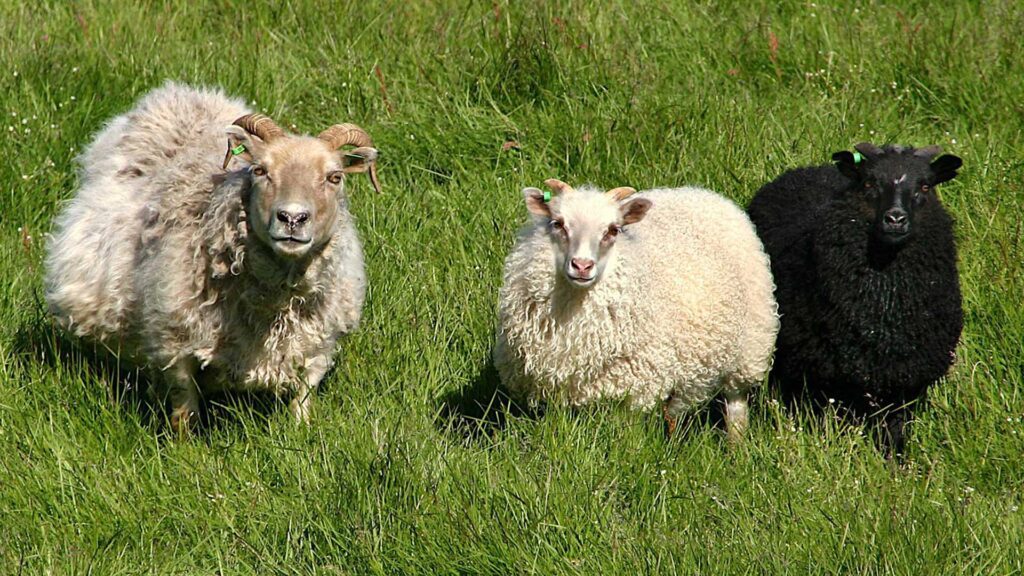
Skerpla, the second summer month, starts on a Saturday between 19 and 25 May.
Etymology: The origin of the name is unknown, but it might be derived from the word skerpla, which like herpingur, means extreme hardships. In Snorri’s Edda, the month is called eggtíð (egg-tide) and stekktíð (stekkur is a sheepfold with a special room where lambs were kept there while the ewe was milked).
Sólmánuður
The third month of summer starts on a Monday between 18 and 24 June.
Etymology: Sólmánuður means Sun-month. It begins around the summer solstice and is the brightest time of the year. This was when people collected their medicinal herbs, and lambs were castrated at the Nativity of John the Baptist a week later. Another name for the month is selmánuður, referring to the time to move cattle to the mountain pastures.
Heyannir
The fourth summer month starts on a Sunday between 23 and 30 July.
Etymology: Heyannir means haymaking, the fourth of the summer months and the year’s tenth month. As the name suggests, it’s the best month to get the best hay. Another name is miðsumar (Midsummer).
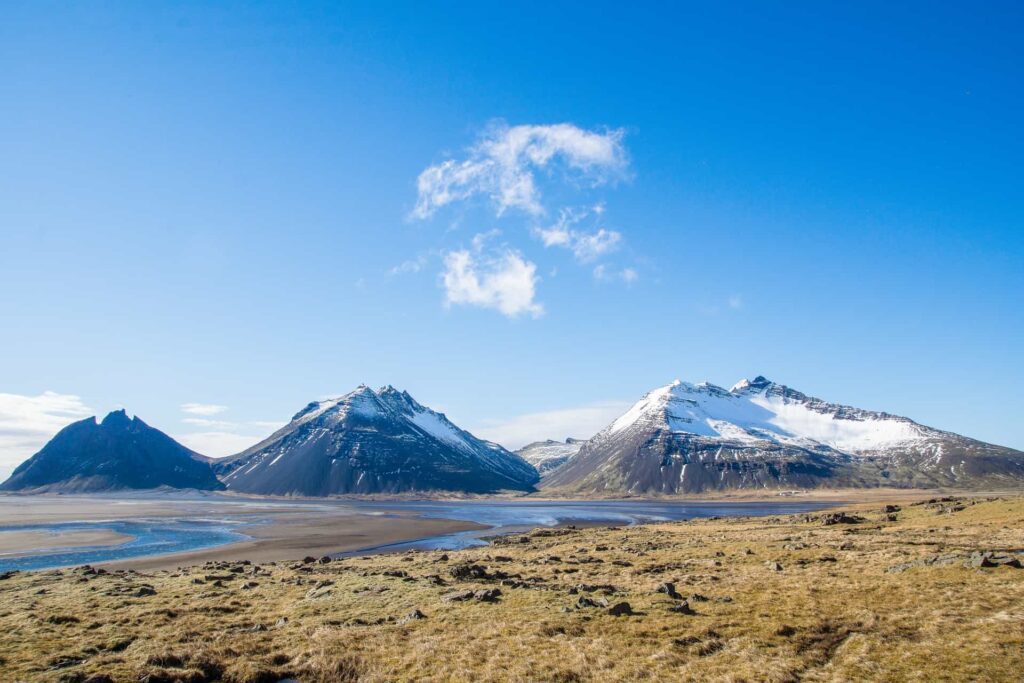
Tvímánuður
The fifth summer month starts on a Tuesday between 22 and 29 August.
Etymology: The month is also called “kornskurðarmánuður”, or grain cutting month. Tvímánuður means “two” or “second month”. One guess as to why it is named tvímánuður is that einmánuður is so-called because it’s the last month of the winter, and tví-mánuður is the second to last month of the summer.
Haustmánuður
The last summer month starts on a Thursday between 20 and 26 September.
Etymology: Means Autumn month, the 12th and last month of the old Icelandic calendar.
Haustmánuður ended on a Wednesday, so the days between the last day of summer and the first day of winter, which is on a Saturday, were called “veturnætur” or winter nights. This was a time to come together and celebrate. There was plenty of food and drink after the summer.
In the old Icelandic calendar, winter was thought to come before summer, so it is possible that vetrarnætur was a new year celebration. No period is mentioned as often in the Icelandic Sagas apart from Yule.
After Scandinavians became Christian, Allhallows, on 1 November, overtook the veturnætur celebrations. The Christian mass dates back to the 8th century. Some of the Halloween customs used today may originate in autumn celebrations such as veturnætur and Samhain. It is also possible that veturnætur affected the Samhain festival since Scandinavians ruled many places of the British Isles for centuries.


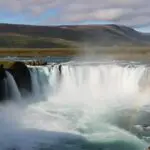

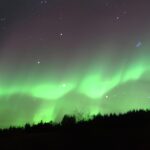
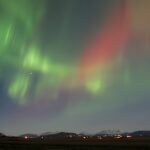



[…] You can read about the Old Icelandic calendar here. […]
[…] sixth and final winter month of the old Icelandic Calendar begins on a Tuesday between 20 and 26 […]